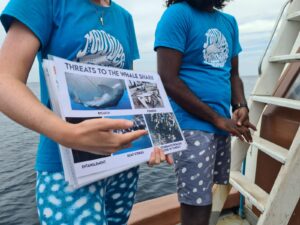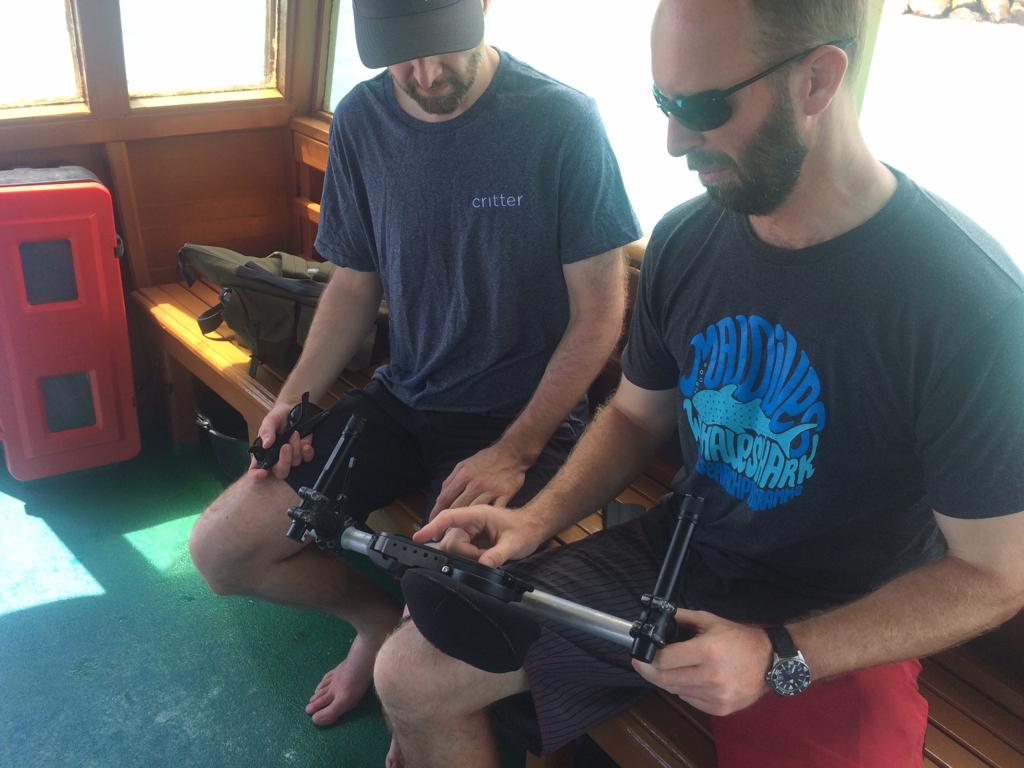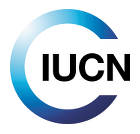The MWSRP was founded on the aim of understanding the population dynamics of the whale sharks in the Maldives and how this fits into the species’ existence in the wider world.
Over time our insight has grown with research projects focussing on movements, size, sex, threats and the influence of environmental factors such as lunar cycles and their accompanying tides all being undertaken. Yet still, major aspects of the whale shark’s life history in these waters remain a mystery.
In 2009, our work on the core habitats of this species helped provide the baseline data needed for the creation of the Maldives largest protected area- the South Ari Marine Protected Area. We hope to continue unravelling the secrets of this enigmatic fish so that informed visitors and local operators may enjoy and benefit from the presence of this species for generations to come.
We believe in open access and free distribution of information. The whale sharks and the environment we work to understand do not belong to us, so why should the things we find out? So we share here what MWSRP have learned about whale sharks in the Maldives over the last decade up to January 2022;
- Big Fish Network; 185 contributors, 726 whale sharks, over 8000 encounters, 72.5% male sex bias
- Re-encounter rate of individual whale sharks at SAMPA is very high over prolonged periods. For example, WS071 has been encountered over 380 times in 14 years
- SAMPA is likely a ‘secondary nursery’ location for whale sharks which have grown above the juvenile period. In addition, sharks in this region are not seen again once they grow beyond 8m (and so corresponding to sexual maturity). It therefore appears SAMPA offers a critical habitat for sharks in this post-juvenile-pre-mature stage
- Whale sharks in the Maldives may exhibit annual intra-country migrations. Some individuals appear to follow a learned or habitual pattern of movements. Most individuals which have visited different atolls repetitively seem to be in those specific atolls at roughly the same time each year. This is likely tied to seasonal feeding opportunities.
- Whale sharks south of Huvadhu Kandu (One and a Half Degree Channel) may exhibit different demographics to the rest of the Maldives. Both neonate sharks and mature sharks exceeding 10m have been recorded. Sex ratio is nearly 50:50 from encounters submitted in this region.
- We published the first viable study on wild free swimming whale shark growth rates and age ranges, which you find here.
- Sea Surface Temperature Anomaly [SSTa]) recorded in SAMPA between 2013 and 2016 showed an average rise of 1.1°C. Relates to severe bleaching and coral mortality observed.
- Two studies concluded that there is no seasonality through the year for number of individual whale sharks in the SAMPA region. This is a globally significant aggregation.
- Coastal areas R. typus aggregate occur with a specific set of bathymetric requirements; shallow areas in close proximity to a reef slope or shelf break with steep gradient, which leads into water in the mesopelagic and bathypelagic zones. SAMPA fits exactly within this prediction. You can read that paper as an open access here.
- Why are whale sharks in SAMPA? They are likely feeding at depth and using surface waters for thermoregulation.
- Whale sharks in SAMPA show monsoonal movements across the atoll.
- Surface variables do not affect shark abundance on a given day. Likely that currents are a major predictor of whale shark presence or absence in the region;
o In SAMPA, positive correlation between higher chlorophyll-a concentration and shark presence at broad temporal scale
o In general, higher Sea Surface Temperatures (SST) collate to a slight increase in the amount of sharks sighted in SAMPA on a broad temporal scale
o Surface feeding behaviour accounts for just 16% of whale shark encounters in SAMPA, but nearly 100% in some other atolls
Research Plans
As well as the long term plans and data collection, each year we set out our permitted field work schedule and the questions we aim to address.
(Biology & Ecology)
- Conduct drone transect surveys from beaches or stationary offshore vessels to document distribution and estimated daily abundance of whale sharks along South Ari atoll.
- Conduct transect surveys from small support vessel using vessel mounted or suspended small dual beam SONAR to document distribution and daily estimated abundance of whale sharks along South Ari Atoll and to estimate number of sharks passing through the area that are not detectable visually.
- Establish a baseline Nitrogen/Carbon isoscape for South Ari atoll, Maldives by sampling primary and secondary producers (phytoplankton and zooplankton).
- Continuation of baseline data collection research work in the following areas;
• use of laser photogrammetry and other measurement apparatus for size and growth
• recording of a range of physical factors including sea surface temperature, depth of reef at encounter, wind speed and direction and tidal stage (this is in an attempt to quantify the environmental parameters influencing whale shark distribution and behaviour.)
• photographic recording (for individual identification, sex and charting movements, health and population numbers) - Conduct ad hoc plankton sampling and environmental DNA (eDNA) sampling. The latter with the aim to explore the possibility of this method being used to identify endangered species presence and demographic / genetic make-up in a completely non-invasive manner.
- Engage in opportunistic collection of whale shark faecal matter for genetic and / or microplastic content assessment. It may also be used to produce a dietary analysis of the sharks for a better understanding of the driver of the aggregation in the South Ari region.
(Conservation & Human Impact)
- Create a per year valuation for visitors to the South Ari atoll Marine Protected Area (SAMPA), Maldives from 2014 to 2017. Summarise any change in visitor level and highlight any changes to the major stakeholders contributing tourist numbers to reef.
- Convert oral history of whale shark-human interaction in the Maldives into quantifiable scientific records. An example of the rich history and knowledge being passed on to younger generations in this area can be seen on this MWSRP film.



